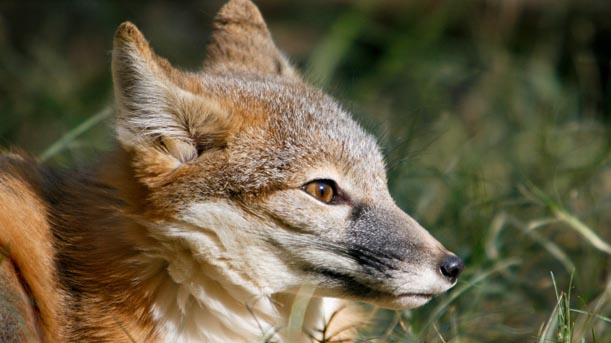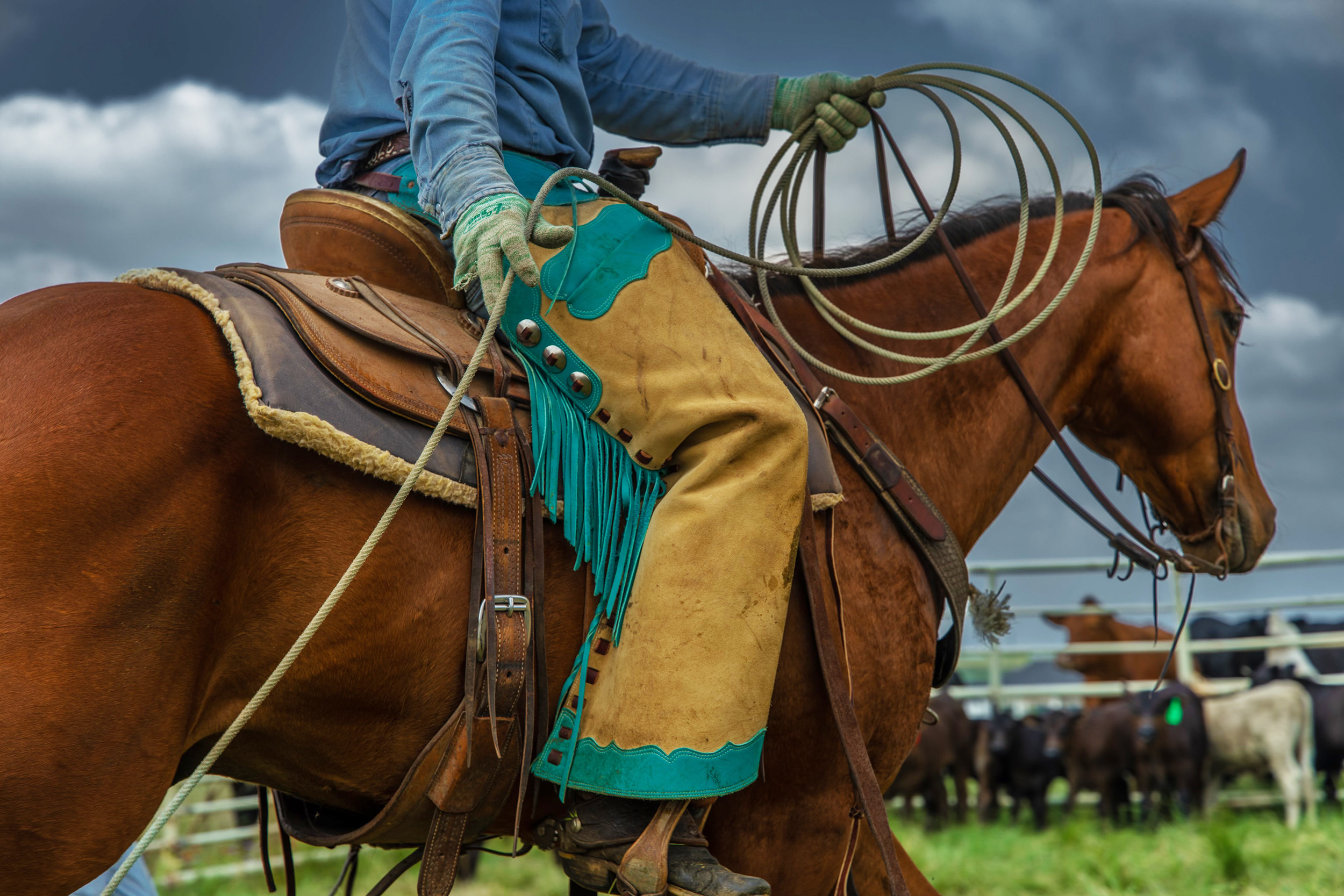Outdoor
Assignment Texas: Russell A. Graves- The Swift Fox

By contributing writer Russell A. Graves
North of Dalhart there isn’t much to stop the wind. A vast prairie cleaves horizontally into an even bigger sky. If you get past the row crops and out to the big ranch country, you’ll find a wild land that has remained virtually unchanged. Short grasses carpet the prairie and yuccas point their green barbed leaves towards the heavens, waiting for rain to fall. While rains do fall intermittently, the band of Texas landscape that runs along the state’s long western edge gets barely over a foot of rain annually.
The semi-arid country sits below the foothills of the Rocky Mountain range to the west. Eons of sediment washed down from mountains to create the Great Plains and it’s the same mountains that influence the region’s weather. As clouds gather over the mountains, moisture is wrung from them. The result is a north to south running dry slot that encompasses about a quarter of the Texas landscape.
This patch of semi-arid ground is suited for many plant and animal species that are unique to this part of Texas. It’s a place where the density of people per square mile is scant and trees are perhaps as rare.
Prairie dogs, while not as plentiful as historical records indicate, are still numerous. Their incessant burrowing creates a habitat that supports numerous other high plains species like pronghorn antelope and a variety of reptiles and invertebrates. The prairie dogs themselves are a meal for animals higher up on the food chain.
As the sun rose across the immense prairie, my pal Chad and I were creeping through the shortgrass along a ranch road in his Ford F-250. Chad is an outfitter and a couple of months prior to the opening day of the pronghorn season, we were scouting for big males that his clients would invariably hunt. From our vantage point, emptiness was all around. East to west there was prairie, an old barbed wire fence immediately outside the passenger side door, the rutted ranch road on which we parked, a prairie dog town and more undulating prairie as far as we could see. Across the prairie dog colony – perhaps 400 yards away – we watch a small band of half dozen pronghorn antelopes skirt the town’s margins.
As we glassed the antelope, my binoculars began to wander as I watched prairie dogs skitter about the town. Running from burrow to burrow they weren’t as concerned with the pronghorns as we were. It was business as usually in dog town except for one thing: about one hundred yards from the truck I saw what I thought were baby coyotes.
“Look,” I told Chad. “Look at those coyotes!”
From a personal standpoint, I thought the find was significant as I’d never seen as many baby coyotes in one spot. When I put the binoculars to my eyes, I knew my snap identification was wrong. “Those are foxes,” I told Chad. “Swift foxes.” To read more pick up the September 2014 issue of North Texas Farm & Ranch.
Outdoor
The Garden Guy

By Norman Winter | Horticulturist, Author, Speaker
The National Garden Bureau has designated 2024 as the ‘Year of the Angelonia’ and I am in full celebration mode. As I was preparing for my contribution to the celebration, I was, however, sent into taxonomic trauma.
For the last 26 years of deep love for the Angelonia, or summer snapdragon, I have told everyone via newspaper, radio and television that they were in the Scrophulariaceae family. Since most gardeners don’t like those words, I modified or simplified the snapdragon family, but somebody has tinkered with green industry happiness and moved Angelonia to the Plantaginaceae or plantain family. I immediately reached out to my friend Dr. Allen Ownings, Horticulture Professor Emeritus with the Louisiana State University AgCenter. I said, “Did you know this, or better yet, did you do it?” He said, as I expected, that the Taxonomist group had done it. This reminded me that someone once said taxonomists have to eat, too.
To read more, pick up a copy of the April issue of NTFR magazine. To subscribe by mail, call 940-872-5922.
Outdoor
Parting Shot: Grit Against the Storm…

By Jelly Cocanougher
Brazen rumbles cut through the daylight stillness. Enamored by the grandiose symphony of the firmament, tinged in anticipation from where the light will snap next.
The clouds dance in the sky as a love letter to the electrically-charged synergy of the ground and air. It moves unashamed, reckless, and bold. It is raw power that could command attention for any being, a reminder that we are attuned to the primal opus of flora and fauna. The spirit of the prairie was awakened, the hands of a cowboy rests at the heart of it all, a symphony in combination.
Outdoor
Grazing North Texas

By Tony Dean, [email protected]
There are a handful of mean-spirited plants that seem to have developed a liking to growing in places where they are a nuisance on North Texas grazing lands. One of those plants is definitely tasajillo. I can not count the number of gates I have had to open that required a fight with this prickly foe.
I now realize there is a plausible reason why so many fence lines and gates are home to tasajillo, being that birds eat the seeds, and then deposit them along the fences thus creating a virtual nursery for this unfriendly species.
Tasajillo is a perennial member of the cactus family and can be found in all areas of the state, but with less presence in deep East Texas. It grows as individual plants or as thicket-forming clumps. This cactus seems to be most adapted to loamy soils and is often found in association with mesquite.
To read more, pick up a copy of the March issue of NTFR magazine. To subscribe by mail, call 940-872-5922.
-

 Country Lifestyles1 year ago
Country Lifestyles1 year agoScott & Stacey Schumacher: A Growth Mindset
-

 Equine7 months ago
Equine7 months agoThe Will to Win
-

 Country Lifestyles7 years ago
Country Lifestyles7 years agoStyle Your Profile – What your style cowboy hat says about you and new trends in 2017
-

 Country Lifestyles4 years ago
Country Lifestyles4 years agoAmber Crawford, Breakaway Roper
-

 HOME7 years ago
HOME7 years agoGrazing North Texas – Wilman Lovegrass
-

 Country Lifestyles7 years ago
Country Lifestyles7 years agoDecember 2016 Profile, Rusty Riddle – The Riddle Way
-

 Country Lifestyles8 years ago
Country Lifestyles8 years agoJune 2016 Profile – The man behind the mic: Bob Tallman
-

 Outdoor9 years ago
Outdoor9 years agoButtercup or Primrose?






